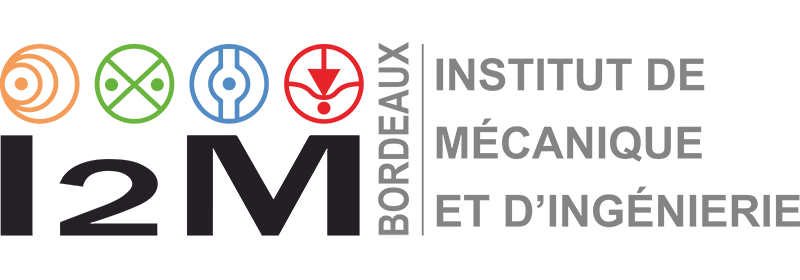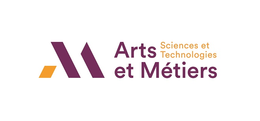26 Janvier – Soutenance de thèse de Marco PICCHI SCARDAONI
13 h45 En visio-conférence
New Blending and Multi-Scale Buckling Formulations to Improve the Deterministic Optimisation of Anisotropic Multilayered Structures
La soutenance aura lieu le mardi 26 janvier à 13h45
La présentation se fera en ligne sur la plateforme Teams :
Ce travail est intitulé : "New Blending and Multi-Scale Buckling Formulations to Improve the Deterministic Optimisation of Anisotropic Multilayered Structures"
La thèse de Marco PICCHI SCARDAONI a été réalisée en cotutelle entre l'Université de Pise et l'ENSAM dans le cadre du projet H2020 PARSIFAL (https://parsifalproject.eu/) au sein des laboratoires I2M (Bordeaux) et DICI (Pise). Cette thèse s’inscrit dans la thématique de l’Industrie 4.0.
La présentation se fera devant le jury composé de :
- Paolo VANNUCCI, UVSQ - LMV Versailles, Professeur des Universités - rapporteur
- Paul WEAVER, University of Limerick - Bernal Institute, Professeur des Universités - rapporteur
- Angela VINCENTI, UPMC - Institut Jean Le Rond d'Alembert, Maître de Conférences - examinatrice
- Sergio DE ROSA, Università degli Studi di Napoli Federico II, Professeur des Universités - examinateur
- Mario Rosario CHIARELLI, DICI Università di Pisa, Associate Professor - co-Directeur de thèse
- Vittorio CIPOLLA, DICI Università di Pisa, Maître Assistant - encadrant
- Enrico PANETTIERI, ENSAM, Maître de Conférences - encadrant
- Marco MONTEMURRO, ENSAM, Professeur des Universités - Directeur de thèse
- Aldo FREDIANI, DICI Università di Pisa, Professeur des Universités - invité
- Roberto PARONI, DICI Università di Pisa, Professeur des Universités - invité
Abstract :
The goal of this Thesis is to provide an improved design framework for the optimal design of multilayer composite structures by using deterministic algorithms. The improvement is based on the formalisation of two aspects which deeply affect the reliability and the likelihood of the final solution.
The first one involves multi-scale considerations of the structural responses. In fact, some structural criticalities manifest themselves at different scales: the transition of scale is required to better catch these phenomena. In this work, attention is paid on buckling instability of stiffened panels. However, the scale transition must be considered in the derivation of the response gradient, to be provided to the deterministic algorithm of the solution search.
The second one involves the so-called blending requirement. It is a problem about the correct junction of adjacent laminates of different thickness, requiring that all the plies of the thinner laminate must be contained in the stack of the thickest one, without ply intersections. Moreover, blending makes thickness variations possible. Due to its importance, blending is a manufacturing requirement which must be assessed since the preliminary design phases. Moreover, the development of a general strategy for the retrieval of blended stacking sequence for the structure is faced in this work, to provide a solution which can be manufactured. Two possible approaches are presented: a pure numerical one and a combinatorial one, wherein the solution search is carried out in the class of quasi-trivial stacking sequences. After a comparison, the former is preferred for the applications. Once formalised and included in an optimisation framework, the multi-scale approach for the deterministic optimisation, the blending requisite and the numerical approach for the stack recovery are employed for a complete optimal design of an innovative as well as complex aircraft structure: the wing-box of the PrandtlPlane developed within the PARSIFAL project.
The obtained results are encouraging. Besides those aspects of the work, the Thesis also presents insights on two touched topics: the non-convexity of the laminate feasibility domain and the rational modelling choice of stiffened plates. For both topics new unexpected theoretical findings have been found.






